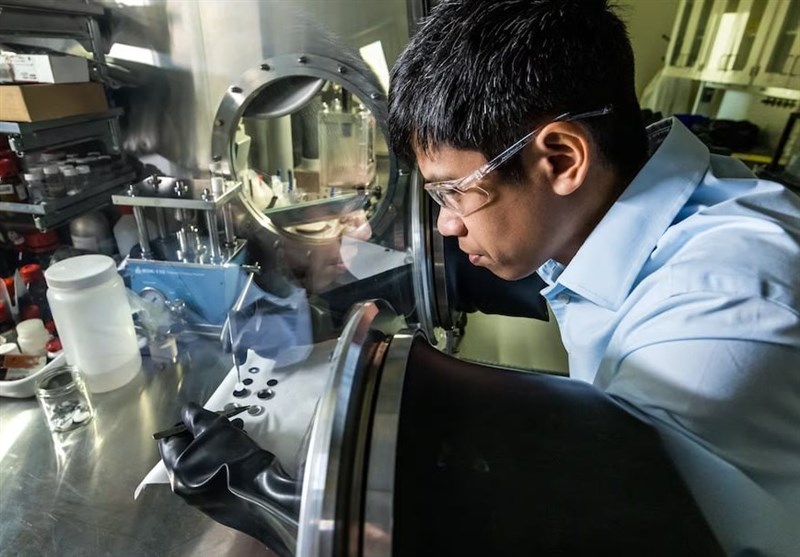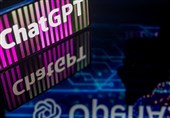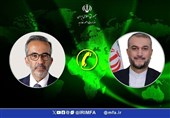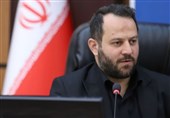AI-Powered Search Yields New Battery Material Using Less Lithium
TEHRAN (Tasnim) – Microsoft revealed a breakthrough on Tuesday, employing artificial intelligence (AI) and high-performance computing to sift through an immense 32.6 million potential battery materials in a mere 80 hours—a feat projected to have previously taken two decades.
This development signals the start of an ambitious venture aiming to craft a novel breed of batteries, reducing reliance on hazardous lithium, known for its environmental impact.
The tech giant shared promising findings with the Pacific Northwest National Laboratory in Richland, Washington. The lab scrutinized the most viable options and assembled a prototype battery, employing a groundbreaking material not previously utilized.
While the prototype, albeit the size of a dime, isn't yet poised to power current devices like watches or car keys, it exhibits reduced lithium usage compared to commercially available alternatives and boasts rechargeable capabilities. This achievement underscores the potential of novel technologies to transform the relatively under recognized yet rapidly advancing realm of materials science.
Christopher M. Wolverton, a materials science and engineering professor at Northwestern University, hailed the screening of 32.6 million materials in 80 hours as "staggering," emphasizing the pursuit of unexplored, potential materials for discovery, noting this went beyond screening known materials.
Efforts to combat climate change, address plastic waste, and expedite responses to emerging pathogens hinge on discovering novel materials—a process hindered by traditional trial-and-error methods.
The utilization of high-performance computing and AI enables scientists to manipulate elements from the periodic table akin to a painter utilizing an assortment of colors, facilitating the creation of new configurations.
Nathan Baker, a senior director at Microsoft and one of the paper's authors, elucidated on Azure Quantum Elements' role—a platform leveraging advanced computing to expedite discovery. Utilizing known materials as a starting point, Baker highlighted the process of substituting atoms in various configurations through AI-guided procedures.
Identifying suitable battery materials involved discerning conductive, stable, and affordable options while eliminating unsuitable candidates. The computing power utilized by Microsoft was akin to harnessing about 5,000 conventional laptops. Collaboration with experts from the government laboratory corroborated the AI-generated outcomes, accentuating the need for verification.
Microsoft and the national laboratory affirm their intent to advance the battery project through a three-year partnership, emphasizing a commitment to accelerating innovation and discovery.
Experts underscore the pressing need for improved battery technology, citing inefficiencies and safety concerns with current lithium-ion batteries that power electric vehicles and devices globally. The pursuit of solid-state electrolyte batteries, with higher energy density and reduced risks of fire or leakage, prompted Microsoft's exploration of new materials containing significantly less lithium.
The project, initiated approximately nine months ago, involved training AI systems to understand material structures and properties. The AI functioned as a filtering mechanism, progressively refining the candidates, eventually narrowing down to the most promising ones.
Scientists are enthused by AI-recommended materials aligning with previous expert evaluations, marking a convergence of AI-led discovery with human expertise. The Pacific Northwest National Laboratory is investigating the materials shortlisted and plans to explore additional candidates for further development.
Responding to the initial findings presented by Microsoft, Professor Aron Walsh from Imperial College London acknowledged AI's pivotal role, providing pragmatic tools to explore vast chemical spaces and tackle seemingly insurmountable challenges in rapid exploration and material discovery.






